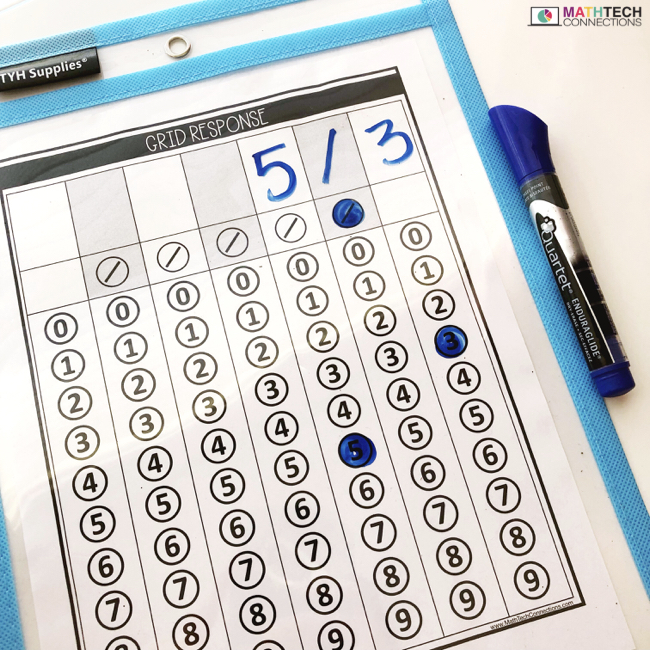
In view of the technical characteristics of wireless sensor networks, combined with the production links of power systems, the application framework of wireless sensor network technology in the power systems is constructed. Then, we summarize the research status of the wireless sensor network in smart grid, including power equipment, line monitoring, smart grid wireless automatic meter reading, distribution network relay protection, power assets life-cycle management, power grid fault location, and power grid fault diagnosis. In this paper, the basic concepts and overall architecture of ubiquitous power Internet of Things are summarized. In the power system, wireless sensor network technology can be widely used in many fields such as line fault location, real-time monitoring, smart meter reading, and relay protection. It is an important means to promote future economic development and build a harmonious society.


As an advanced information acquisition and processing technology, wireless sensor networks have been widely used in medical, industrial, agricultural, commercial, and public management fields. The ubiquitous power Internet of Things (UPIOT) replaces the traditional grids with efficient, safe, reliable, and flexible new grids, improves the utilization efficiency of the grid, reduces the loss of the power grid in the transmission process, and can meet the needs of different types of markets and users. Smart grid, as a next-generation power system, it can effectively improve the performance of traditional power grids.

With the rapid development of the economy and society, the low efficiency and high loss of the traditional power grid can no longer meet the growing social demand, and the power grid market is facing a reform.


 0 kommentar(er)
0 kommentar(er)
